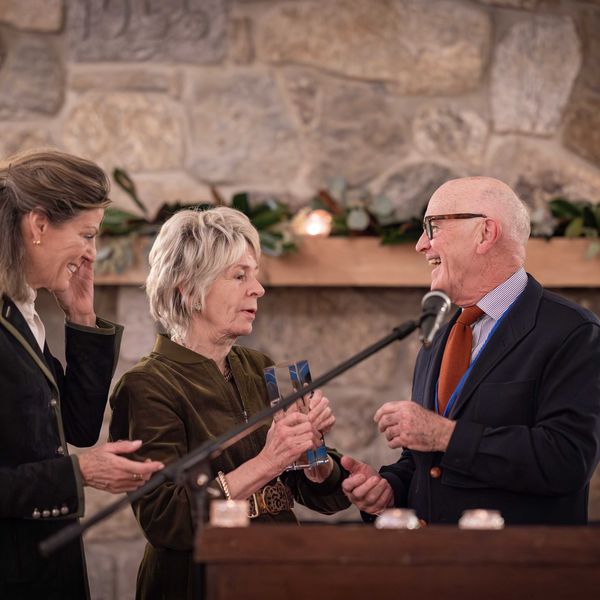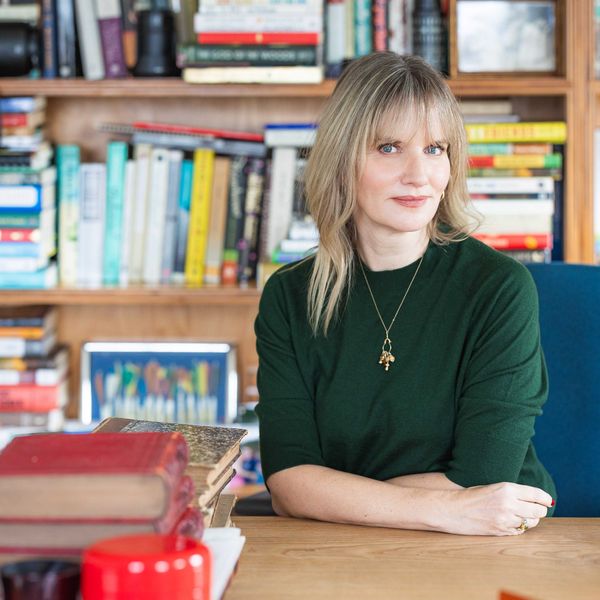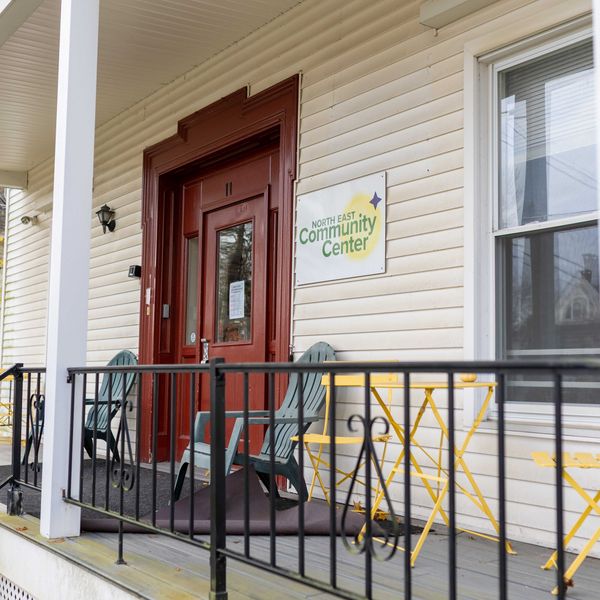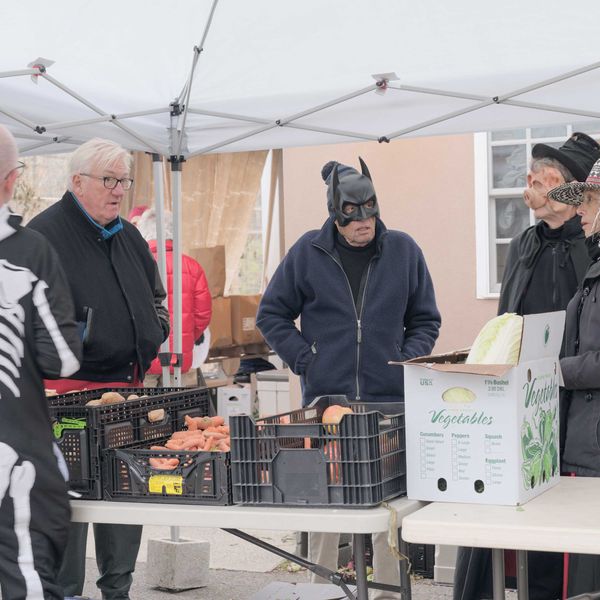Redrawing the lines in Northern Dutchess: The making of North East
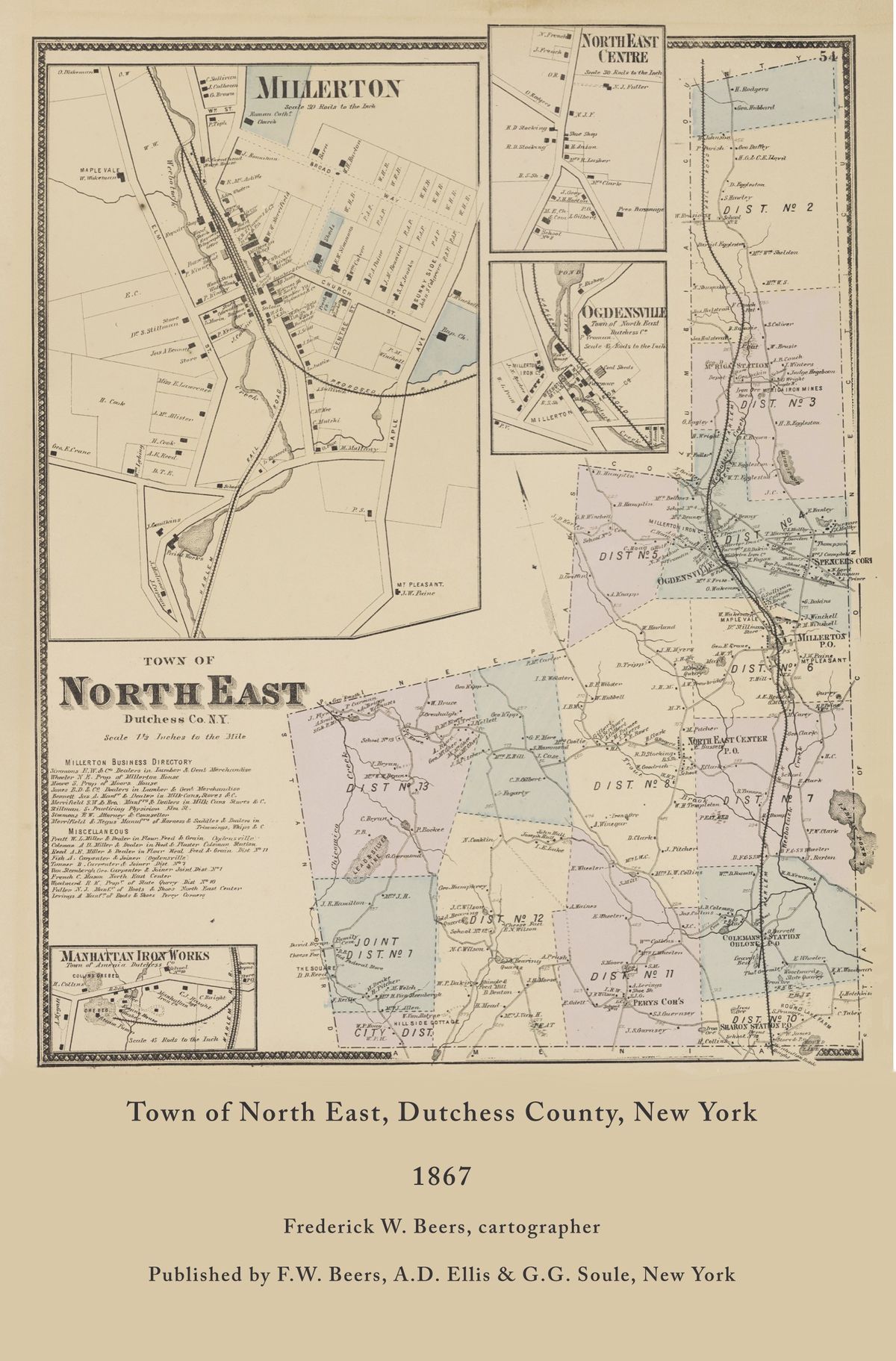
An 1867 map of the town of North East. The boundaries of North East changed drastically in 1823 after Pine Plains left to form its own town.
Courtesy North East Historical Society



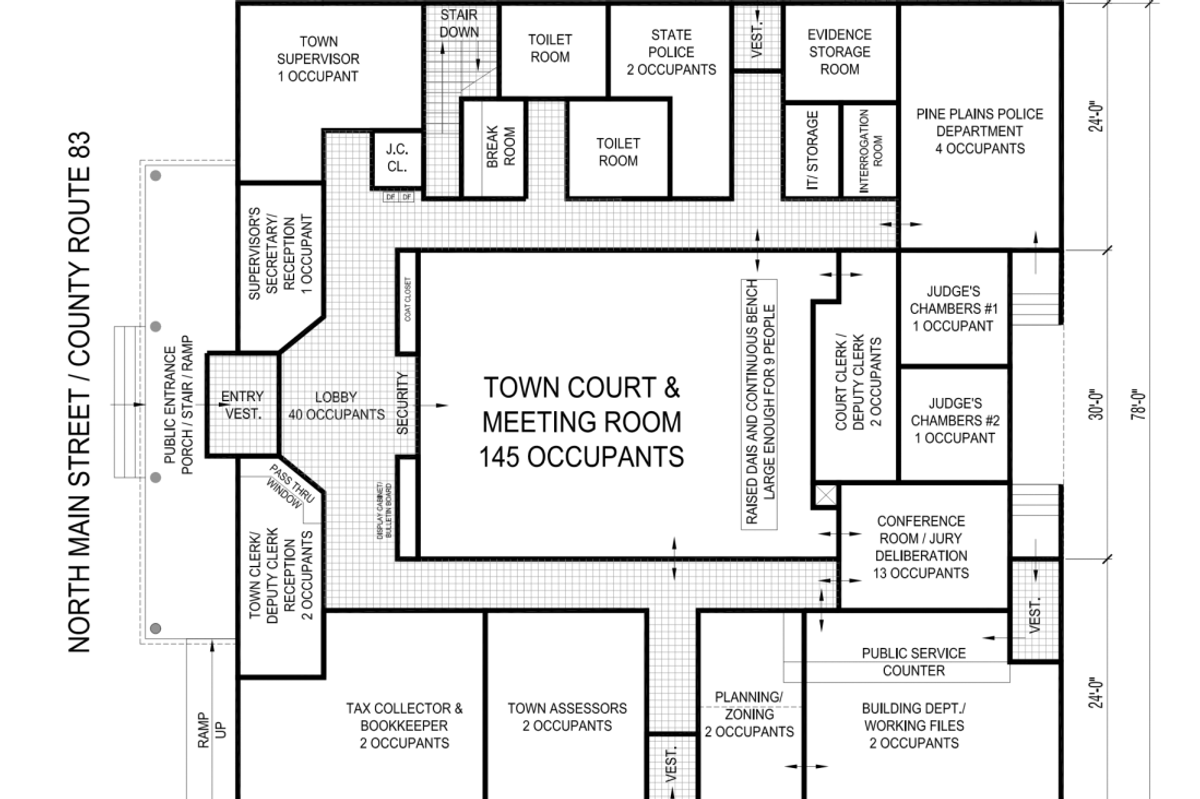
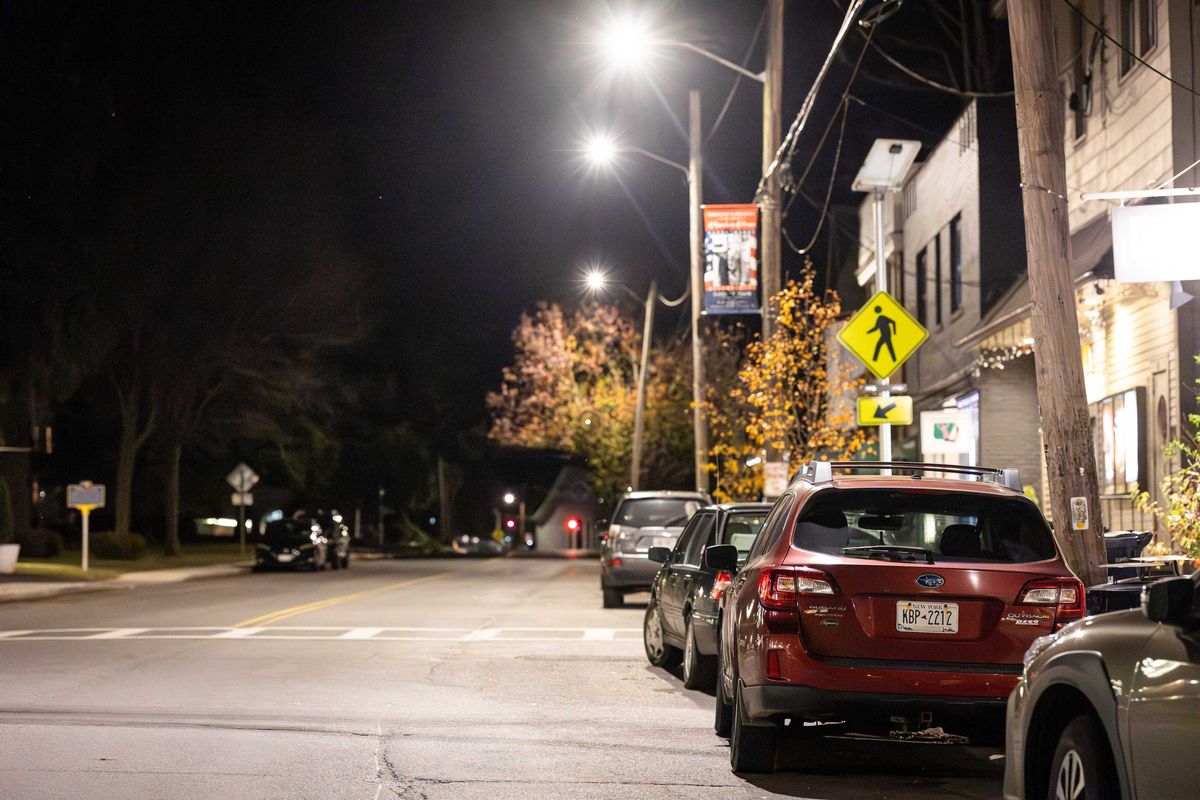
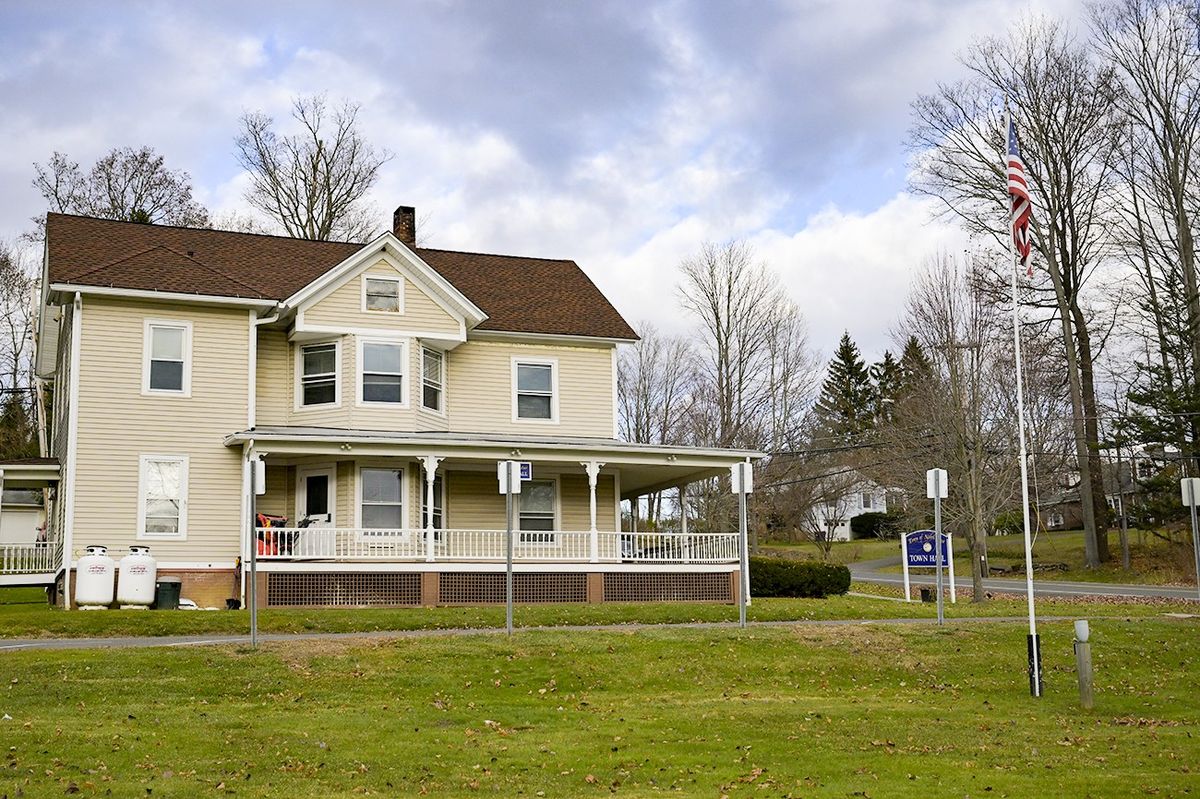
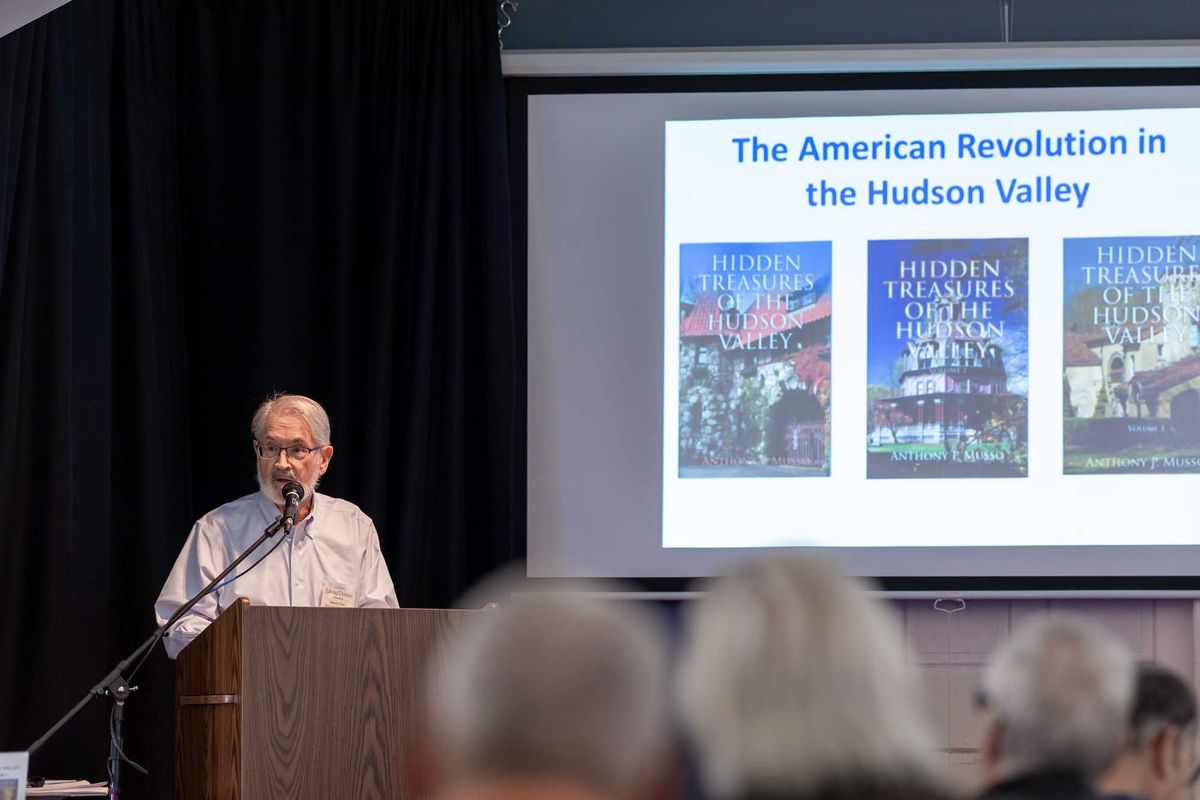
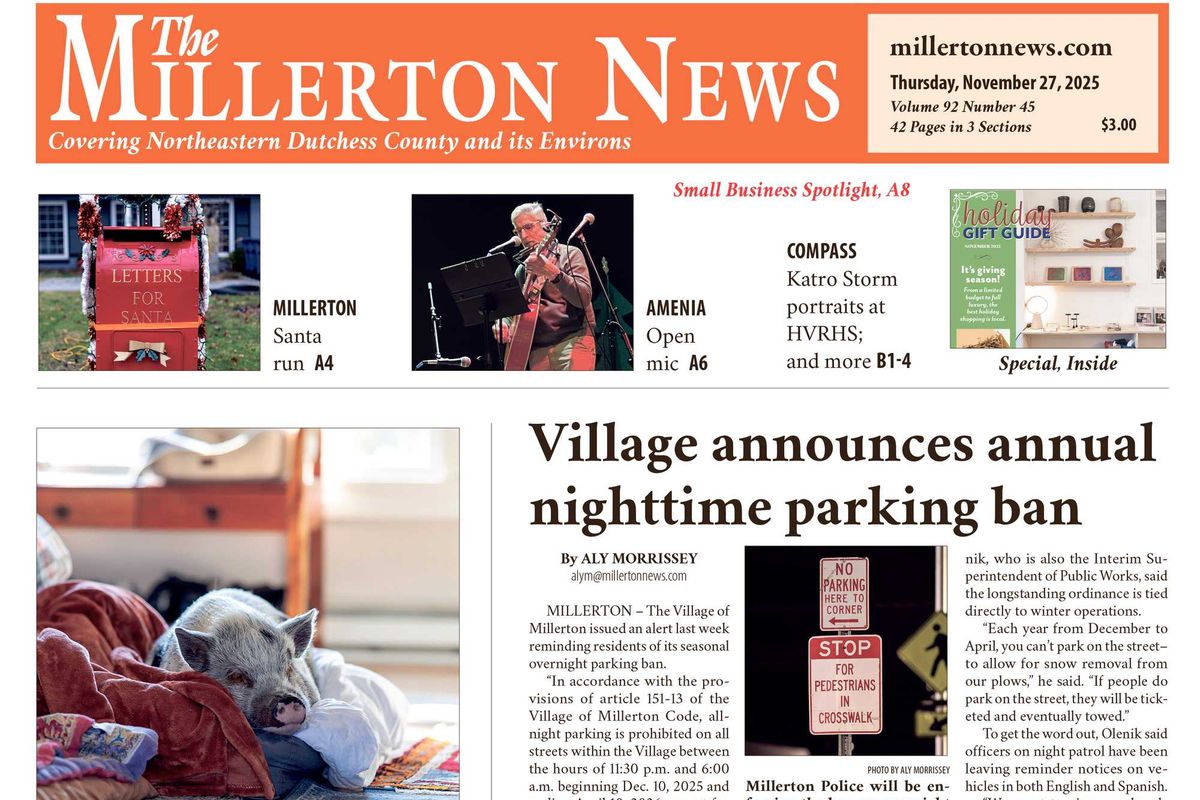
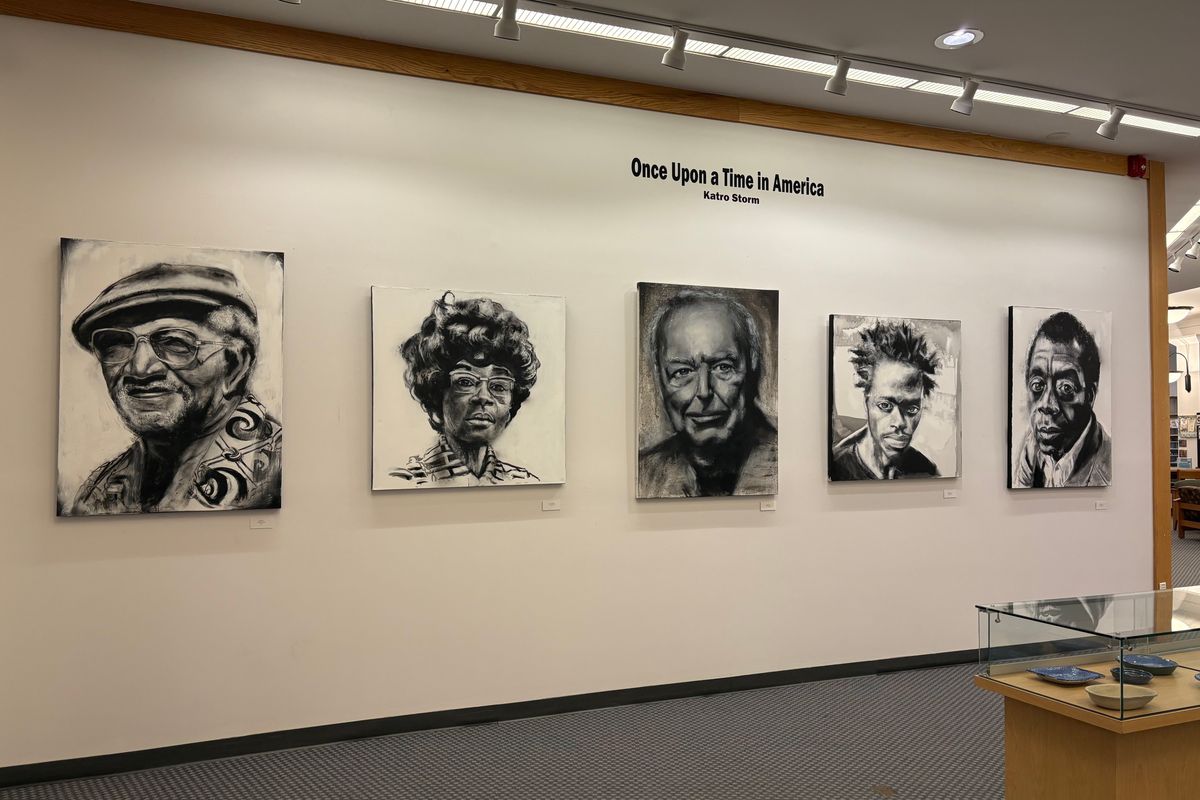
 Artist Katro StormNatalia Zukerman
Artist Katro StormNatalia Zukerman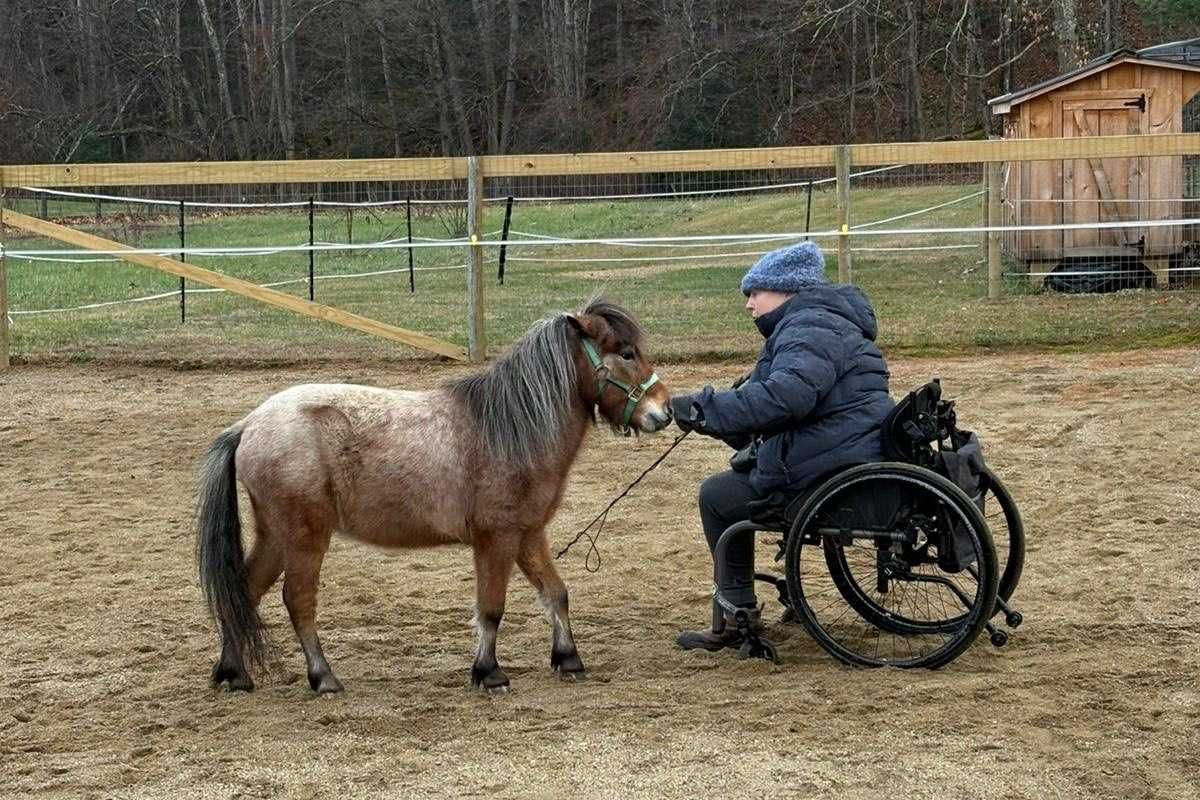
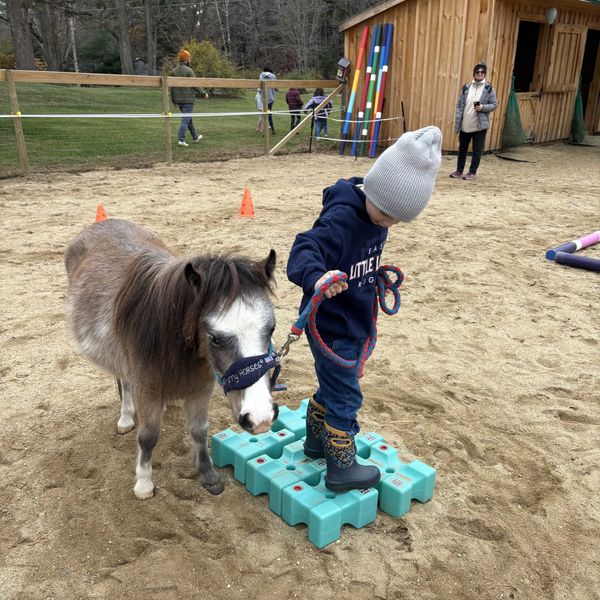 Child working with a miniature horse at Le Petit RanchMarjorie Borreda
Child working with a miniature horse at Le Petit RanchMarjorie Borreda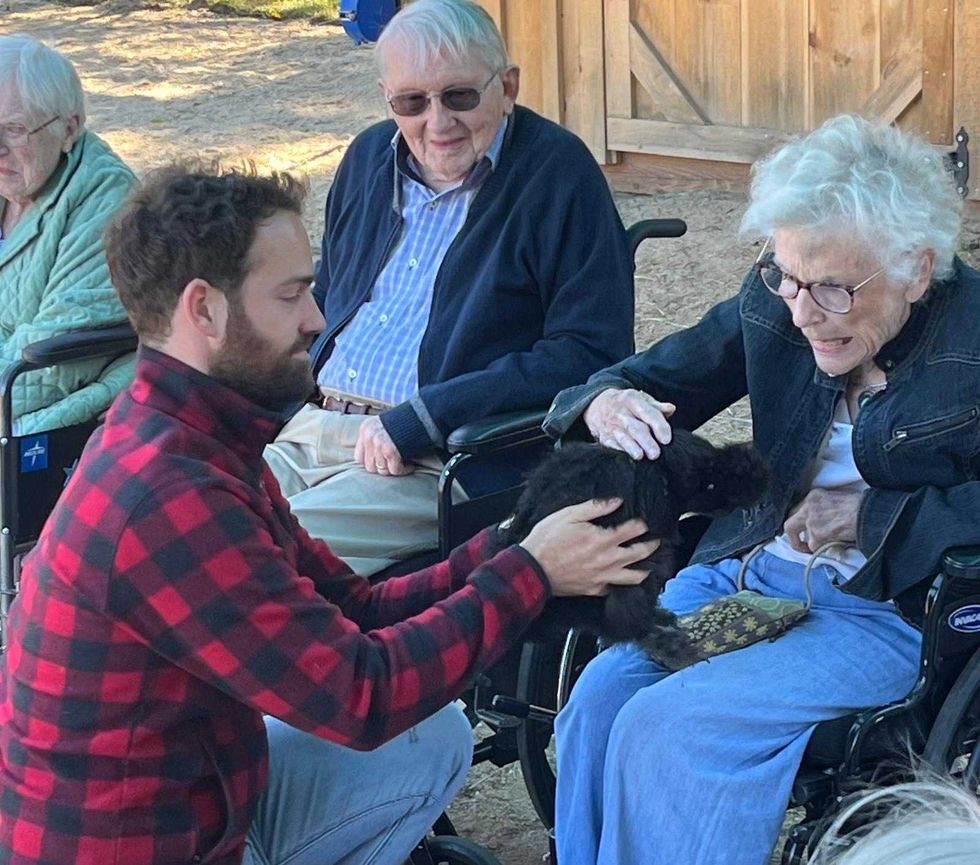 Weekly small-group sessions with seniors at Le Petit Ranch stimulates cognitive function and improves motor skills.Marjorie Borreda
Weekly small-group sessions with seniors at Le Petit Ranch stimulates cognitive function and improves motor skills.Marjorie Borreda